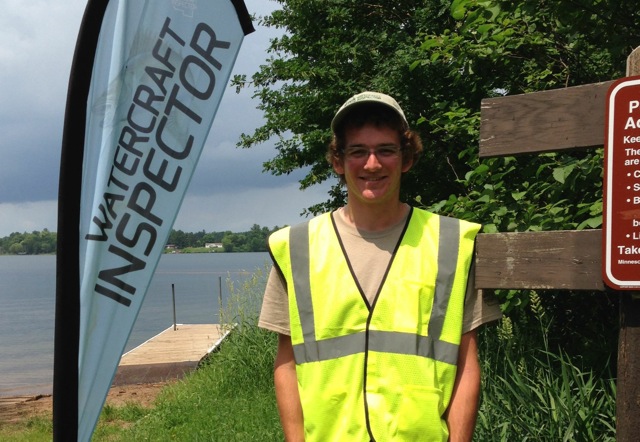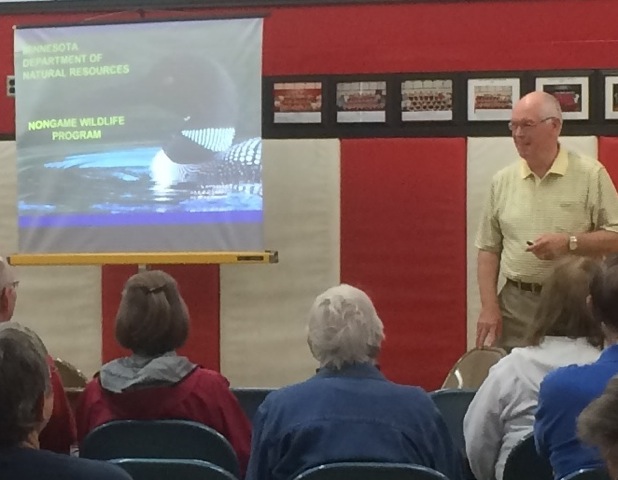With grant more boats get aquatic hitchhiker checks
By Linda Szymanski, AIS Team Leader
This has been an interesting and innovative year for Lone Lake and the AIS Inspection Program. Here are some of the highlights:
1. Lone Lake qualified for a grant from the county to conduct AIS inspections each weekend from the Fishing Opener through Labor Day. Our one qualifying event is Lone Lake needed to conduct 25% of the county time though in-kind inspections. Since we already have an inspection program on holiday weekends, this was an achievable task. The program is going well and owners have commented on the great job the inspectors are doing at the access. We eagerly wait on statistics from the results of these inspections and will share the results as soon as they become available.
2. For Memorial Weekend, AIS coverage was 92.9% versus 64.3% last year. Weather the Monday or Memorial Weekend was rained out and there was so little activity on the lake that day, we pulled the inspectors on Monday. Even with pulling inspectors, the team conducted 31 inspections versus 30 the previous year.
3. The July 4th weekend was wonderful and the AIS team did a great job. Coverage for the weekend was 80%, with only two open shifts. Last year the lake hired an intern to cover on the 4th and this year the county covered this shift. The team conducted 81 inspections versus 99 inspections last year. This is a result of the holiday calendar shift.
4. In July Lone Lake will be participating in a Veliger testing program along with nine other Lakes in the county. Veliger’s are the larval form of zebra mussels. This is an early sampling program to test if lakes may be infested with zebra mussels.
5. We still have three open shifts on Labor Day weekend, two on Saturday and one on Sunday. We are looking for volunteers to fill these slots. Contact Linda Szymanski at ljsatthecabin@msn.com if you are willing to volunteer.
Meet Tanner
Tanner Sachse is one of the DNR-certified inspectors hired by Aitkin County whose job it is to inform boaters about aquatic invasive species and what boaters must do to clean, dry and drain their craft to prevent its spread. Tanner, 18, son of Diane and Rick Sachse, has spent many of his summers with his family on Lone Lake.
A 2015 Moundsview High School graduate, he heads to Montana State in the fall, where he plans to major in Mechanical Engineering. Tanner says doing boat inspections “is going to make a difference. When you see someone checking their boat, they are more conscientious. I like keeping our lake clean for fishing and stuff.”













